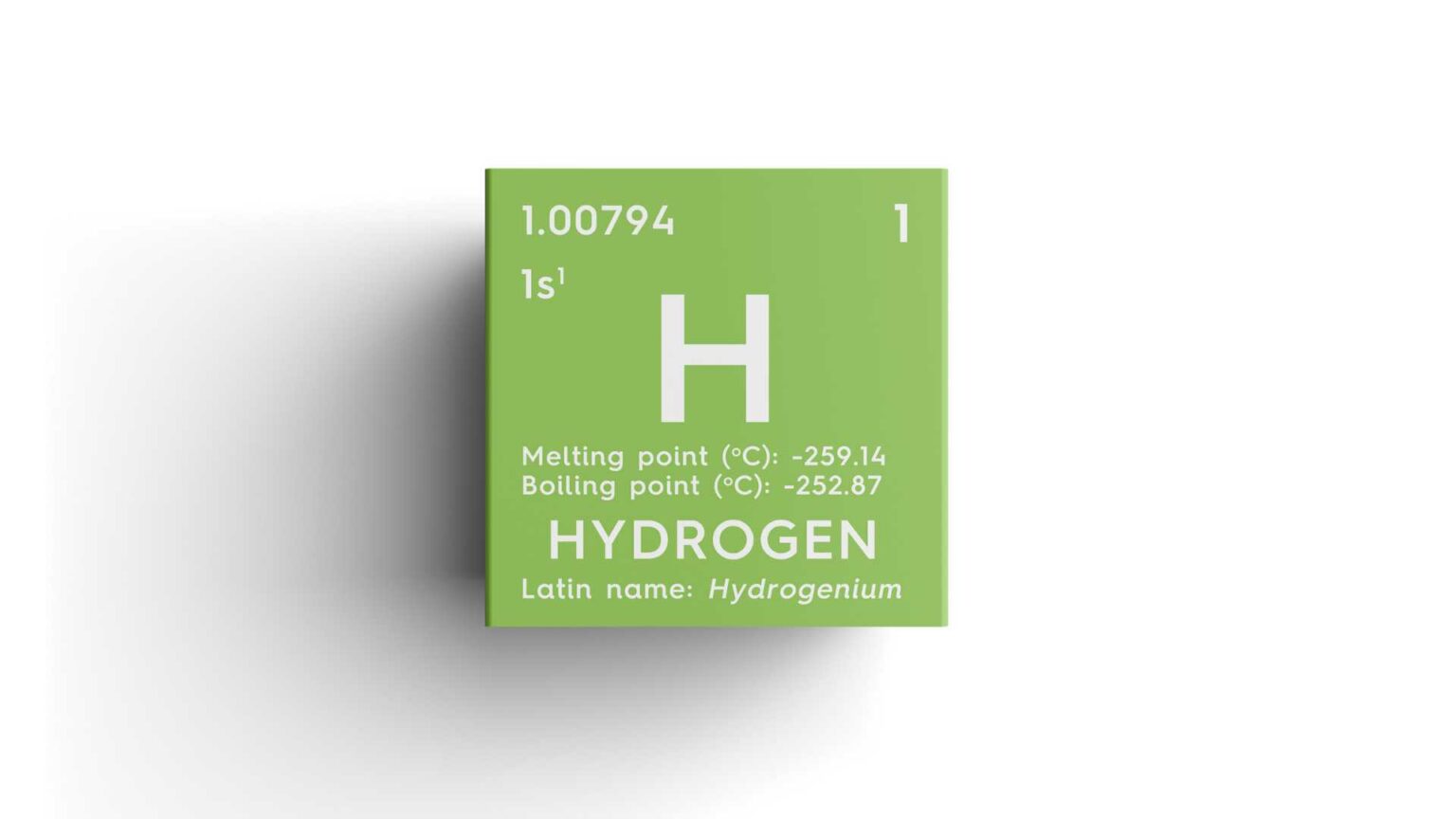The recent discovery of significant natural hydrogen reserves in France has sparked a wave of enthusiasm across Europe.
This has been particularly evident following the revelation of a deposit containing over 45 million tonnes of hydrogen in Lorraine. While this discovery promises potential benefits, the growing interest raises several critical points regarding the feasibility and implications of natural hydrogen as a resource.
The European Court of Auditors has criticized the EU’s hydrogen goals as “unrealistic” and “politically motivated,” highlighting a disconnect between ambitious decarbonization targets and the practical availability of hydrogen resources. The contrast between the EU’s strategic goals and the actual scarcity of hydrogen sources emphasizes the need for a more grounded approach to achieving carbon neutrality. Natural hydrogen, often referred to as “white,” “native,” or “geological,” is now being seen as a potential solution, but its practical implications must be critically examined.
Natural hydrogen is gaining attention due to its potential benefits over green hydrogen produced from renewable sources or nuclear power. Proponents argue that it is more abundant, cost-effective, and less carbon-intensive. However, this perspective requires scrutiny. The initial excitement must be tempered by evaluating the long-term sustainability of extracting and utilizing this resource compared to established hydrogen production methods.
Since the Lorraine discovery, France has issued exploration permits and initiated further research into natural hydrogen. While this reflects a proactive stance, it is important to assess whether these efforts are matched by substantial technological and economic advancements. For instance, while the French government is pushing forward with funding and research, the actual deployment of drilling operations and the development of extraction technology may lag behind initial announcements.
Across Europe, similar initiatives are emerging, with projects underway in Germany, Spain, Albania, and other countries. Despite this activity, the lack of concrete data and slow administrative processes could hinder the practical realization of these projects. The widespread geographical interest underscores the potential, but it also highlights the challenges of scaling and integrating natural hydrogen into existing energy frameworks.
A crucial aspect of advancing natural hydrogen exploration is the need for comprehensive resource mapping. The Clean Hydrogen Partnership and other organizations are working towards this goal, but as of now, the scientific community lacks a unified methodology for assessing natural hydrogen’s potential. Effective mapping and data sharing, including access to oil and gas companies’ geological data, are essential for understanding the resource’s viability.
Furthermore, the proposed “labelling” of natural hydrogen within the EU green taxonomy remains uncertain. Without credible data, integrating natural hydrogen into the EU’s decarbonization strategy is challenging. Accelerating administrative processes and increasing public support are necessary steps to foster sector development, but these actions alone may not suffice to address the underlying challenges.
